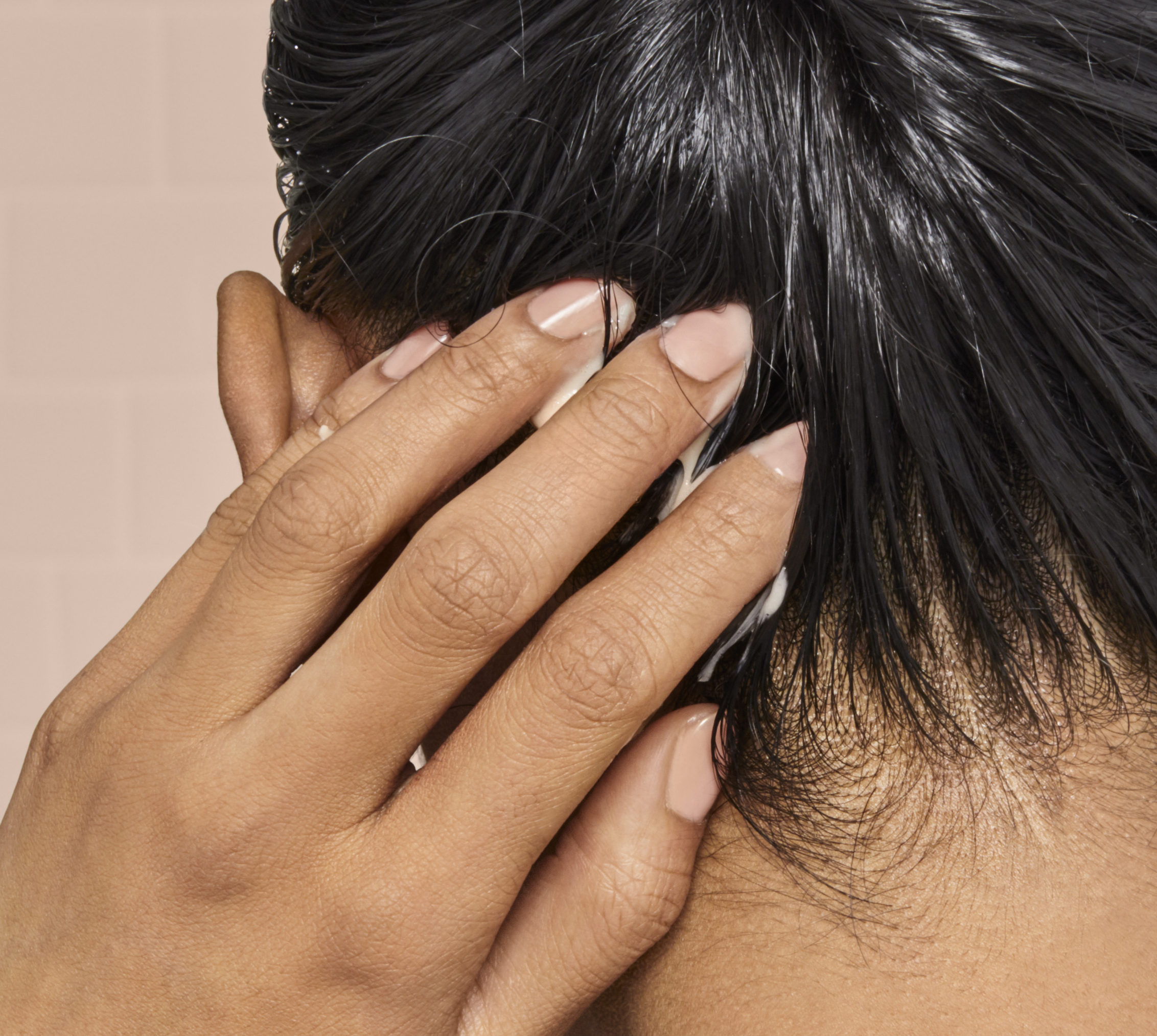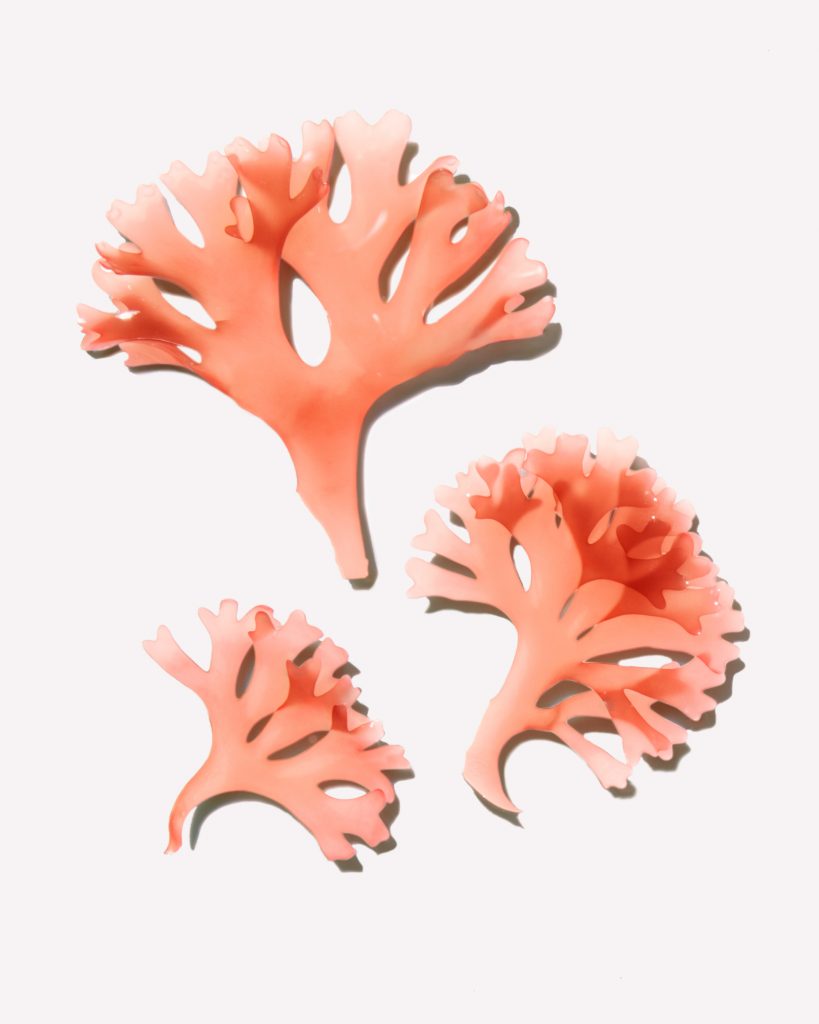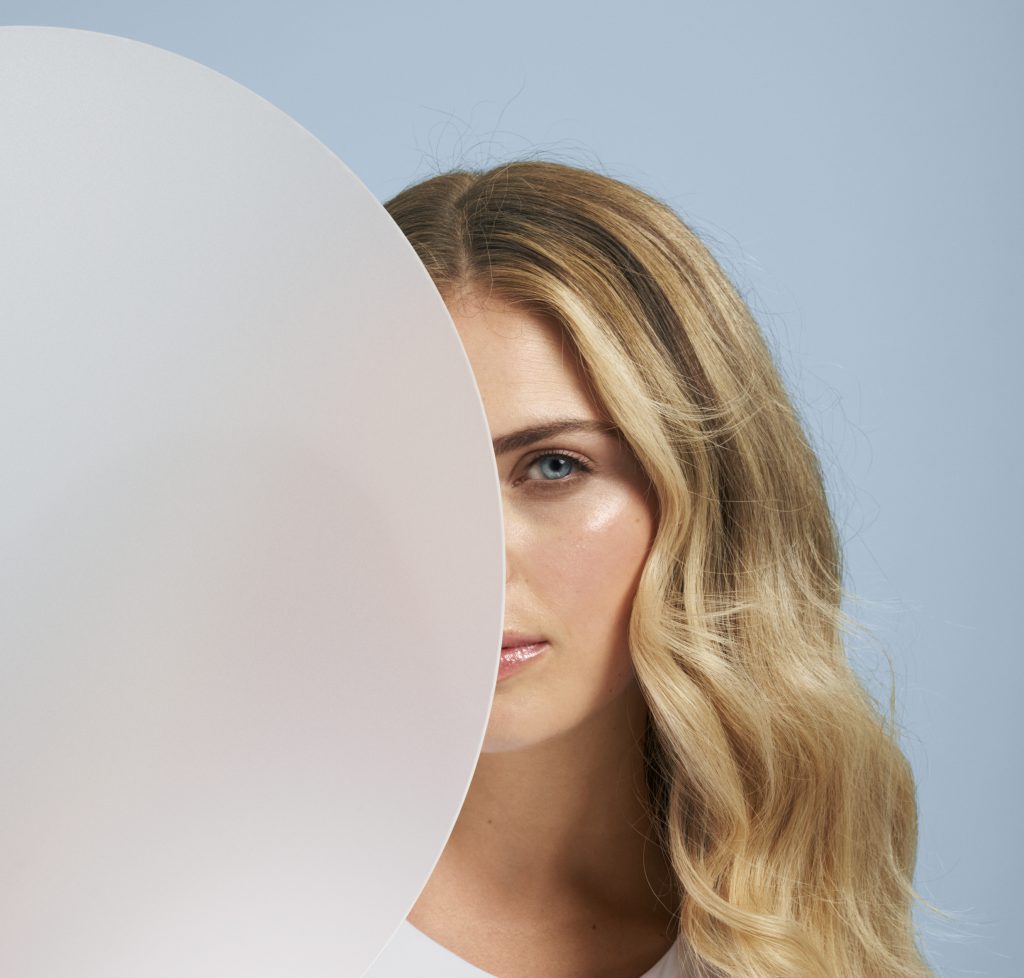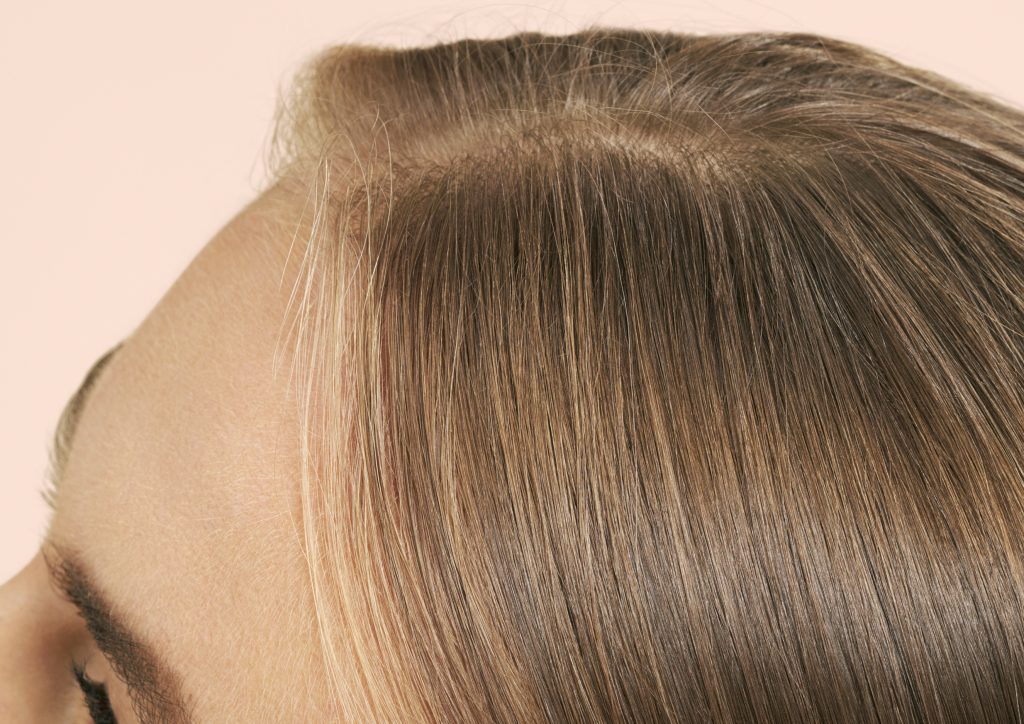What is Damaged Hair
Hair damage happens when aggressors target the protective layers of your hair, including the cuticle and cortex. The cuticle is keratin, bound by ceramides, and sealed with an external lipid layer. When this layer is attacked by oil-stripping assailants, your hair gets dull, frizzy, dry, and more porous. There’s also the cortex that’s built up of keratin fibers that foster your hair’s elasticity and resistance to traction. A broken cortex means breakage, which looks like choppy layers that you definitely didn’t get during your last hair appointment. These types of damage can fall under either the oxidative or non-oxidative umbrellas. In plain terms, oxidative is chemical-based while non-oxidative has more to do with physical abrasion, like friction.
What Causes Damaged Hair
The Environment: Whenever you step outside, your strands brace themselves against geo-agressors to UV-rays and pollution. Water is also a culprit, especially if you frequent the pool and are exposed to chlorine, or if you have metal rich H20 in your shower.
Styling: Combing, brushing, curling, blow drying, straightening, and whatever else you do to maintain a hairstyle contributes to friction, fried hair, and eventually breakage.
Chemical Treatments: The use of hair color to express our personality or chemical processing to update our style is something we’re all for, but, the use of bleach, hair dye, texture, and smoothing processes have the potential to wreak havoc on hair without the proper care and upkeep.
How to Fix Damaged Hair
Hair Damage is Treatable But Not Always Reversible
If you’ve noticed damage, a great hair treatment could help strands look and feel healthier. And while some harm can’t be reversed—like, chemical processes—there are ways to prevent hair damage from happening in the future. Being mindful of the heat setting on your hot tools or using soft, non-abrasive towels to dry your hair could help minimize damage to strands.
Damaged hair treatment options
If you’re struggling with hair damage, such as breakage, flyaway hair, split ends, or severe dryness, a good first step is to consult with a professional hairstylist. In many cases, a hairstylist can cut away some of the damaged areas to freshen up your locks and allow for new hair growth.
In addition to a cut and style, damaged hair treatment products can work wonders on problem areas and help prevent future damage by hydrating, strengthening, and protecting your hair.
- Hair Oil: Prose custom hair oil is an ideal option to tame unwanted frizz and protect hair strands. It contains grapeseed oil to replenish your locks and shea butter to help repair damage. You can use this versatile oil before and after shampooing.
- Hydrating Shampoo: For daily protection and light yet effective hydration, Prose custom shampoo is formulated with sustainable and natural ingredients to help rebalance the scalp and strengthen each strand. Biotin aids in strengthening, while pro-vitamin B5 helps keep hair moisturized.
- Dry Shampoo: To help maintain your hair throughout the day, Prose custom dry shampoo works to soothe the scalp and extend hairstyles without harsh chemicals. Menthol refreshes the hair and scalp, and witch hazel aids in controlling sebum production.
Your Ingredients Make a Difference
When it comes to minimizing or repairing hair damage, the main ingredients to take stock of are oils that have restorative and hydrating properties. Search for antioxidants such as Vitamin E and polyphenols to combat oxidative troublemakers. Load up on protein with keratin-rich products and always opt for sulfate-free formulas.
Use Treatments Before and After Shampoo
Streamline a routine that helps restore some health back to those stands. Try the pre-shampoo method—coat hair in your favorite oil, butter (like shea butter), or conditioner and let it sit for 20-30 minutes, then rinse. This will give your hair a major boost and minimize damage while you shampoo. When cleansing and conditioning, keep the water at a lukewarm temperature, as high heat aggravates the cuticle.
Incorporate leave-in treatments that not only protect strands when styling, but that also keep strands moisturized throughout the day. Lastly, try an overnight mask every so often to give your hair some TLC.
Styling Should be Gentle
Styling our hair is a great way to change up our look, just be mindful of the way you’re doing it. Heat tools, like flat irons and blow dryers, should be kept on low heat settings and should be preceded by a heat protectant. Opting for protective styles like ponytails, braids, buns, or even a fun wig, will protect the vulnerable cuticle and cortex between heat styling.
Tips for preventing hair damage
Our hair is constantly exposed to chemicals in shampoos and styling products along with environmental elements, which can unfortunately lead to dryness, breakage and other types of hair damage. In addition to using shampoos and conditioners that protect the hair, there are also some simple preventative measures you can take to protect your hair each day. Here are some helpful tips to help keep your hair looking its best:
- Wrap your hair or use a hair spray with UV sunscreen when out in the sun
- Apply hair masks on a regular basis to nourish and strengthen hair
- Consider using silk hair ties instead of standard elastics to prevent pulling and friction
- Get your hair trimmed every six to eight weeks to remove split ends and other damage
- When possible, avoid at-home hair bleaching and dyeing kits – opt for a professional salon instead
- Use hair products that contain natural ingredients, such as Prose
For products that will help damaged hair, try Prose by taking our custom consultation quiz.





